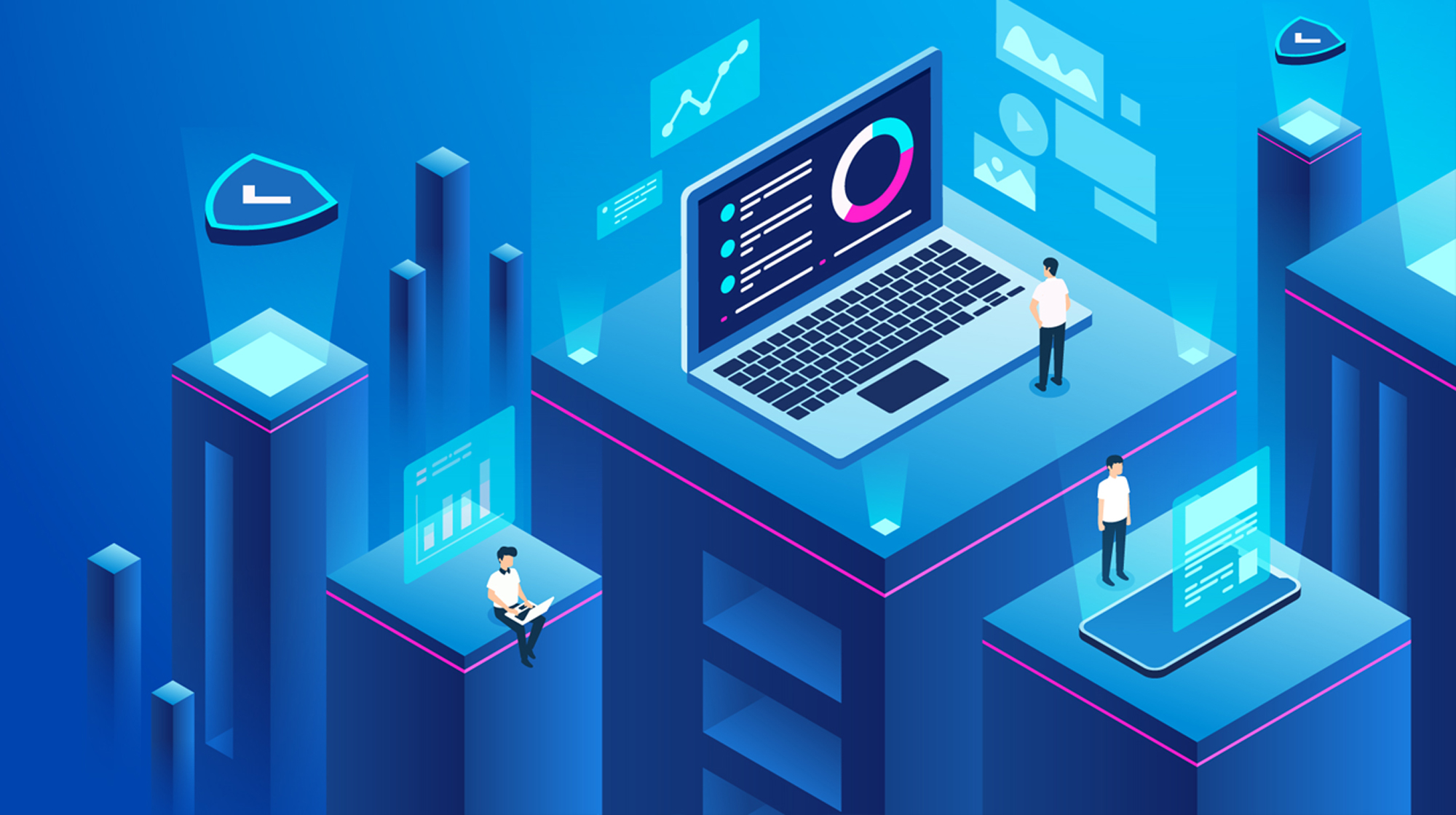As we navigate through 2025, organizations face an ever-evolving landscape of cybersecurity threats. With increasing reliance on digital solutions, securing enterprise environments is paramount for protecting sensitive data and maintaining operational integrity. This blog explores essential tips for building secure enterprise solutions, focusing on innovative strategies and best practices that can help organizations stay resilient against emerging threats.
1. Adopt a Comprehensive Risk Management Framework
A robust risk management framework is essential for identifying, assessing, and mitigating potential security risks within an organization. By adopting a comprehensive approach, businesses can proactively address vulnerabilities before they become significant issues.
Key Components:
Risk Assessment: Regularly conduct risk assessments to identify vulnerabilities in your systems and processes.
Threat Modeling: Develop threat models to understand potential attack vectors and prioritize security measures accordingly.
Continuous Monitoring: Implement continuous monitoring to detect changes in the threat landscape and adjust your security posture as needed.
By establishing a comprehensive risk management framework, organizations can enhance their ability to anticipate and respond to security challenges effectively.
2. Enhance Security for Remote Workforces
With remote work becoming a permanent fixture for many organizations, securing remote access to enterprise solutions is critical. Organizations must implement measures that protect both company data and employee devices.
Best Practices:
Virtual Private Networks (VPNs): Require employees to use VPNs when accessing company resources remotely to encrypt data in transit.
Device Management Policies: Implement Mobile Device Management (MDM) solutions to enforce security policies on employee devices.
Secure Collaboration Tools: Use secure communication and collaboration tools that offer end-to-end encryption to protect sensitive information shared among remote teams.
By enhancing security for remote workforces, organizations can mitigate risks associated with remote access while maintaining productivity.
3. Implement Multi-Factor Authentication (MFA)
Multi-Factor Authentication (MFA) is a critical layer of security that adds an extra step to the login process, making it significantly harder for unauthorized users to gain access to sensitive systems.
Benefits of MFA:
Increased Security: MFA requires users to provide multiple forms of verification, such as passwords, biometrics, or one-time codes.
Reduced Risk of Credential Theft: Even if passwords are compromised, MFA can prevent unauthorized access.
User Awareness: The implementation of MFA encourages users to adopt better password practices and be more vigilant about account security.
By implementing MFA across all enterprise applications, organizations can significantly enhance their security posture.
4. Regularly Update and Patch Systems
Keeping software and systems up-to-date is crucial for protecting against known vulnerabilities. Cybercriminals often exploit outdated software to gain unauthorized access or deploy malware.
Best Practices:
Automated Updates: Enable automatic updates for operating systems and applications whenever possible.
Patch Management Policies: Establish patch management policies that define how often systems will be reviewed and updated.
Vulnerability Scanning: Regularly scan systems for vulnerabilities and prioritize patching based on severity.
By regularly updating and patching systems, organizations can close security gaps that could be exploited by attackers.
5. Foster a Culture of Cybersecurity Awareness
Creating a culture of cybersecurity awareness within an organization is essential for minimizing human error—the leading cause of data breaches. Employees should be equipped with the knowledge and skills necessary to recognize potential threats.
Strategies:
Ongoing Training Programs: Provide regular training sessions that cover topics such as phishing prevention, social engineering tactics, and safe browsing practices.
Simulated Phishing Attacks: Conduct simulated phishing exercises to test employee awareness and reinforce training lessons.
Open Communication Channels: Encourage employees to report suspicious activities without fear of reprimand, fostering an environment where security is a shared responsibility.
By fostering a culture of cybersecurity awareness, organizations can empower employees to act as the first line of defense against cyber threats.
Conclusion
In 2025, securing enterprise solutions is more critical than ever in protecting sensitive data and ensuring business continuity. By adopting a comprehensive risk management framework, enhancing security for remote workforces, implementing multi-factor authentication, regularly updating systems, and fostering a culture of cybersecurity awareness, organizations can build resilience against emerging threats.
Staying proactive in addressing cybersecurity challenges will not only safeguard valuable information but also enhance trust with clients and stakeholders. By following these tips, enterprises can effectively navigate the complexities of the digital landscape while ensuring robust protection against evolving cyber threats.

